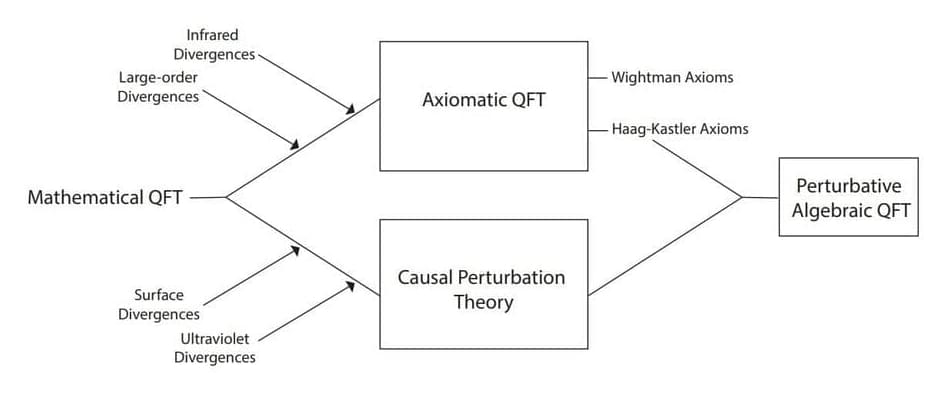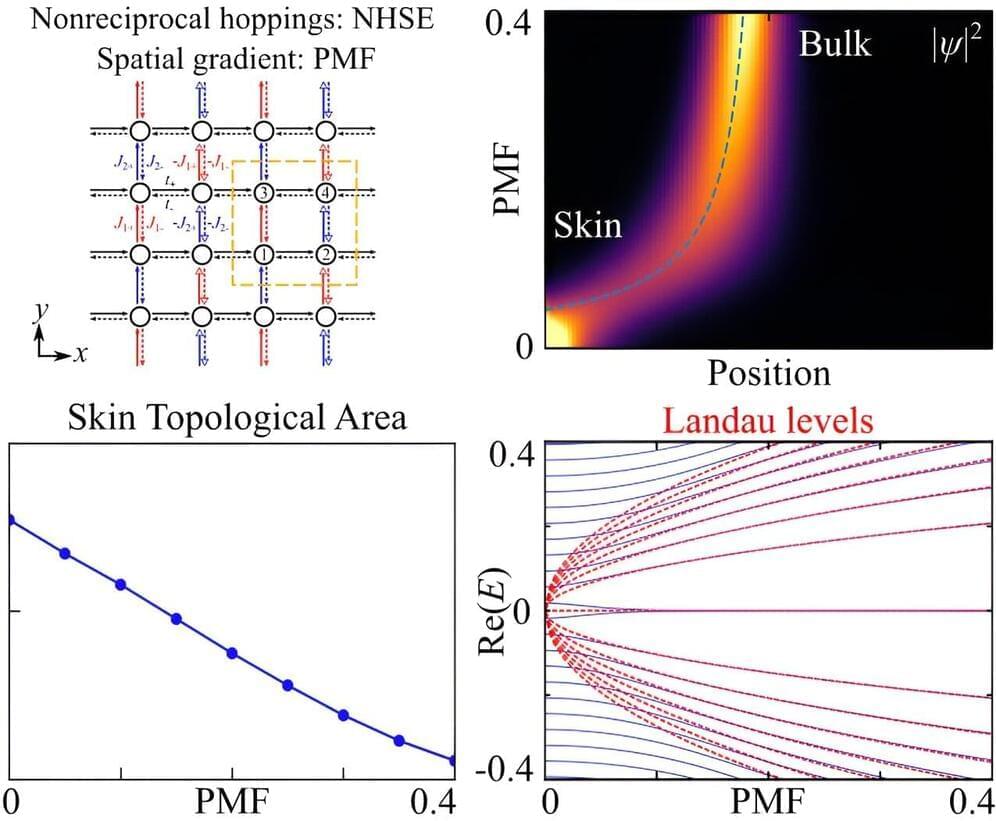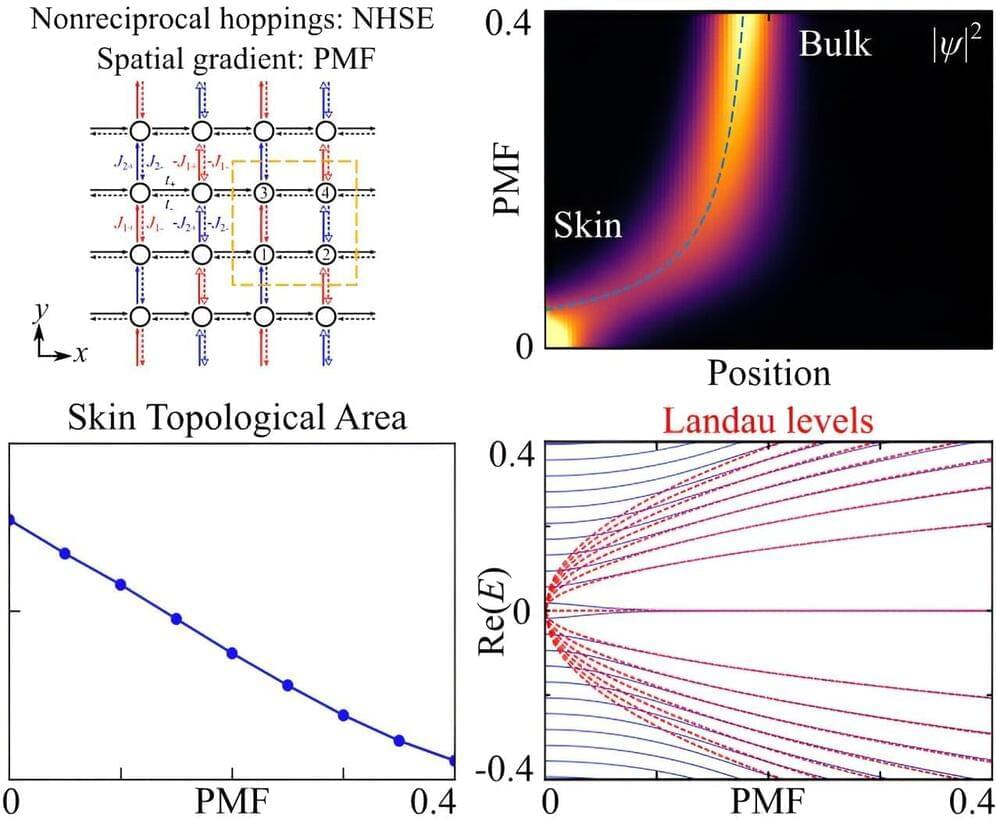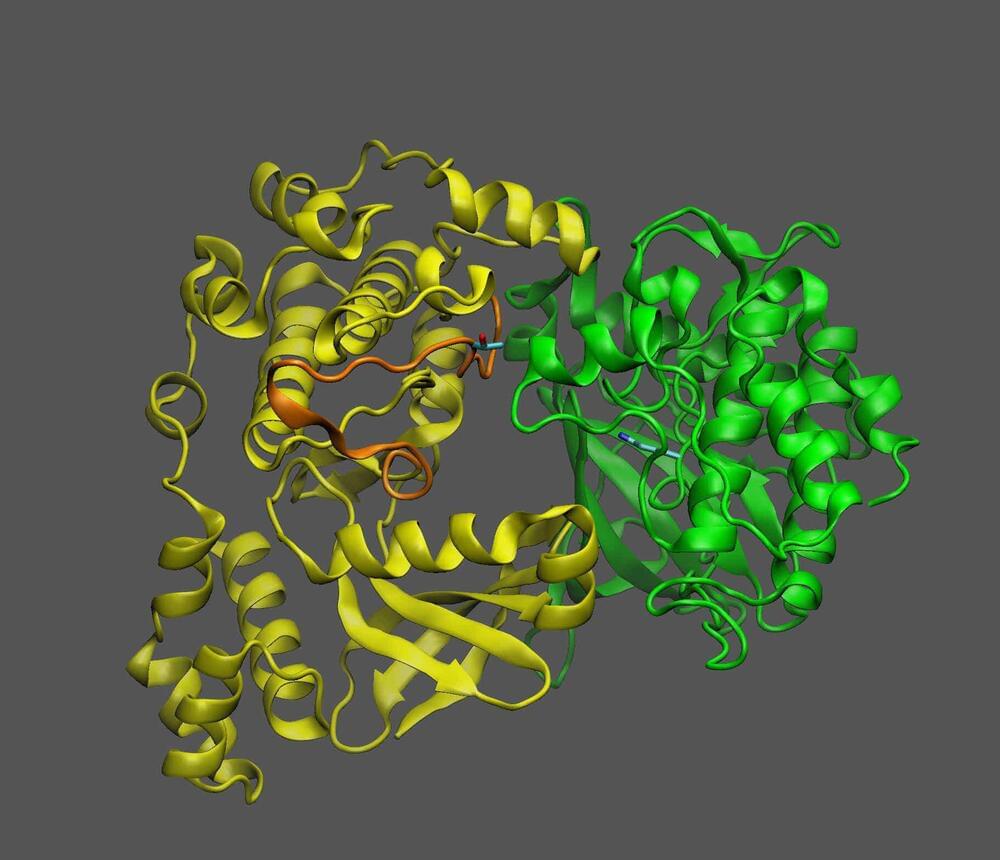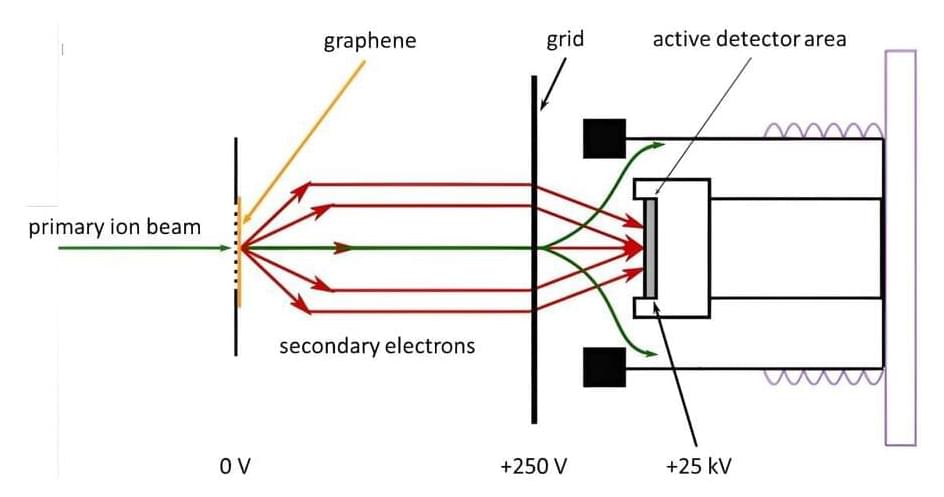May 17, 2024
Tracing the history of perturbative expansion in quantum field theory
Posted by Saúl Morales Rodriguéz in categories: mathematics, particle physics, quantum physics
Perturbative expansion is a valuable mathematical technique which is widely used to break down descriptions of complex quantum systems into simpler, more manageable parts. Perhaps most importantly, it has enabled the development of quantum field theory (QFT): a theoretical framework that combines principles from classical, quantum, and relativistic physics, and serves as the foundation of the Standard Model of particle physics.
